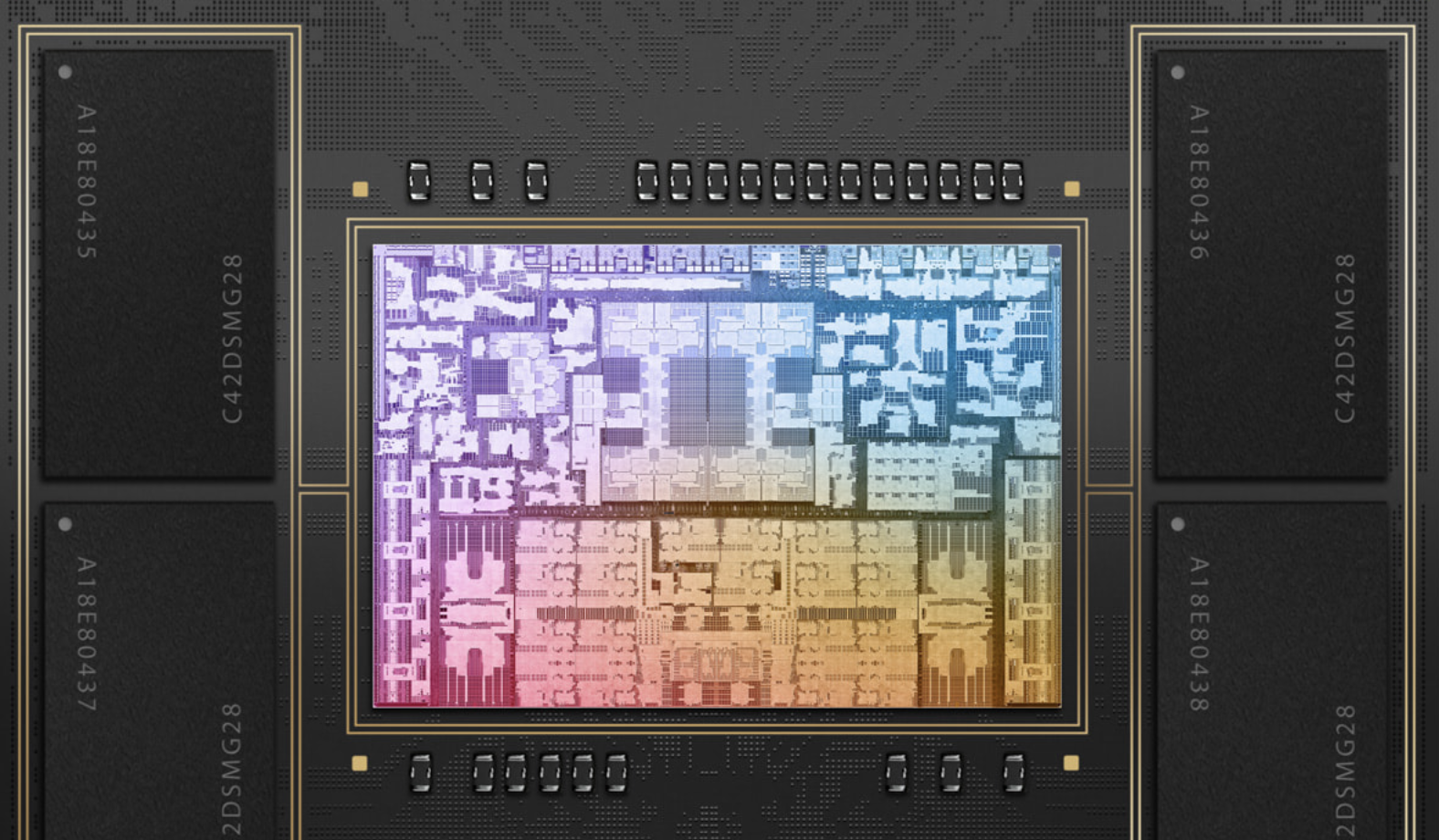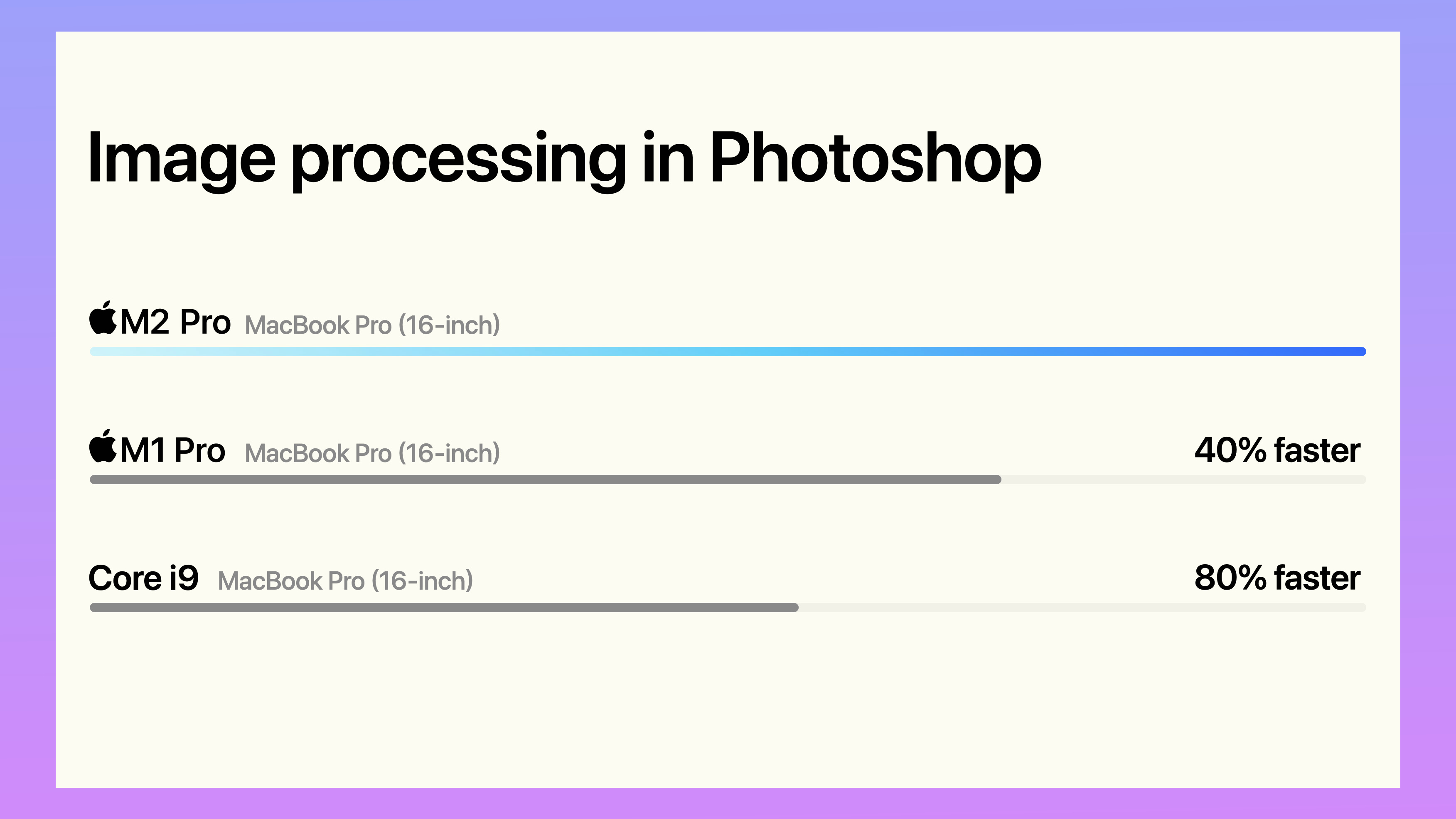Apple M2 Pro chip: Everything you need to know

The new Apple M2 Pro chip is here and offers a significant performance boost over the M1 Pro chip — as well as longer battery life in the latest MacBook Pros.
The leap in power between the M1 chip and M1 Pro chip was impressive, and the latest slice of Apple silicon see similar improvement over the M2 chip found in the MacBook Air 2022 and MacBook Pro 13-inch M2.
The M2 Pro chip is available in the new Mac mini M2, MacBook Pro 14-inch and MacBook Pro 16-inch laptops. Both of these latter machines ship with an M2 Pro chip by default but you can upgrade to the more powerful (and expensive) Apple M2 Max processor.
Though the M2 Pro chip isn’t as powerful as the M2 Max, it delivers better performance than the now-old M1 Pro chip, as noted in our Apple MacBook Pro 14-inch (2023) review. Here's everything you need to know about the new M2 Pro.
Apple M2 Pro chip: Release date and MacBook Pro pricing

Both entry-level 14- and 16-inch MacBook Pro models feature the M2 Pro chip. However, the 16-inch laptop has a more performant M2 Pro model than the entry-level 14-inch version.
The MacBook Pro 14-inch comes in a variety of configurations, with the base model starting at $1,999/£2,149/AU$3,199. This version comes with an M2 Pro chip featuring a 10-core CPU, 16-core GPU and 16-core neural engine. It also has 16GB of RAM and a 512GB SSD for storage.
For $2,499, you can get the model featuring an M2 chip with a 12-core CPU, 19-core GPU and 16-core neural engine. 16GB of RAM and 1TB of storage are also included.
Get instant access to breaking news, the hottest reviews, great deals and helpful tips.
Apple M2 Pro chip: Specs

The M2 Pro chip features a 10- or 12-core CPU with up to eight high-performance and four high-efficiency cores, which Apple claims delivers 20% greater performance over M1 Pro. The new chip has 200GB/s of unified memory bandwidth, which is double the amount of the base M2 chip and can have up to 32GB of RAM. Apple says the chip’s 19-core GPU can deliver up to 30% more graphics performance and the Neural Engine is 40% faster.
What does that mean for professional users? With 40 billion transistors — nearly 20% more than M1 Pro — Apple says the M2 Pro is up to 40% faster on image processing in Photoshop than its predecessor and 80% faster than the fastest Intel-based MacBook Pro with a Core i9 processor. That’s certainly a lot of power.

In contrast, the M1 Pro features 33.7 billion transistors and a 10-core CPU with eight performance cores and two efficiency cores. It supports up to 32GB of RAM and has a memory bandwidth of up to 200GB/second. However, the cheapest 14-inch MacBook Pro 2021 configuration has a weaker M1 Pro chip with an 8-core CPU. The M1 Max also has a 10-core CPU but features 57 billion transistors (over 3x the number on the original M1) and supports up to 64 GB of RAM, with up to 400 GB/s of memory bandwidth.
With M2 Pro, you can’t upgrade beyond 32GB of RAM when configuring the MacBook Pro. If you want 64GB or even 96GB, you’ll need to select a version with the M2 Max chip.
Apple M2 Pro chip: New features and HDMI
The MacBook Pro line bears the “Pro” moniker since it's aimed at creative professionals who need powerful laptops to bring their projects to life. This is still true of the new MacBook Pros.
Both the M2 Pro and M2 Max feature hardware-accelerated video encodes and decodes, including support for H.264, HEVC and ProRes. This allows playback of multiple streams of 4K and 8K ProRes video while using very little power, according to Apple. The company also says its latest image signal processor has better noise reduction and, along with the neural engine, uses computational video to enhance camera image quality.

Note that the M2 Max chip offers a more powerful hardware-accelerated media engine than either the M2 Pro or the last-generation M1 Pro and M1 Max. The M2 Max offers two video encode engines and two ProRes engines, which Apple claims allows it to deliver up to double the video encode speed of an M2 Pro.
The new MacBook Pros appear to support HDMI 2.1, which is an improvement over the base HDMI 2.0 support offered by the last generation of Apple silicon. This enables you to connect to an external display up to 8K resolution at 60Hz or 4K at 240Hz.
If you're connecting multiple displays, the HDMI connection supports two monitors up to 6K resolution at 60Hz or one at 6K/60Hz and another at 4K/144Hz.
The more robust M1 Max chip can support up to four external displays.
Apple M2 Pro chip: Outlook
The M2 Pro is an exciting piece of Apple silicon that improves the experience of getting things done on a MacBook Pro, especially if you work with video. While it may not be as powerful as the M2 Max processor, it’s still an improvement over its predecessor, based on our own review.
The M2 Pro should help MacBook Pro users tear through video editing workloads on the go. The chip (and its beefier counterpart, the M2 Max) could also make the MacBook Pro a desktop replacement for some. As with the previous generation of Apple silicon, it seems the Cupertino-based tech giant will have a competitive edge in the laptop market that other manufacturers may struggle to match.

Tony is a computing writer at Tom’s Guide covering laptops, tablets, Windows, and iOS. During his off-hours, Tony enjoys reading comic books, playing video games, reading speculative fiction novels, and spending too much time on X/Twitter. His non-nerdy pursuits involve attending Hard Rock/Heavy Metal concerts and going to NYC bars with friends and colleagues. His work has appeared in publications such as Laptop Mag, PC Mag, and various independent gaming sites.
